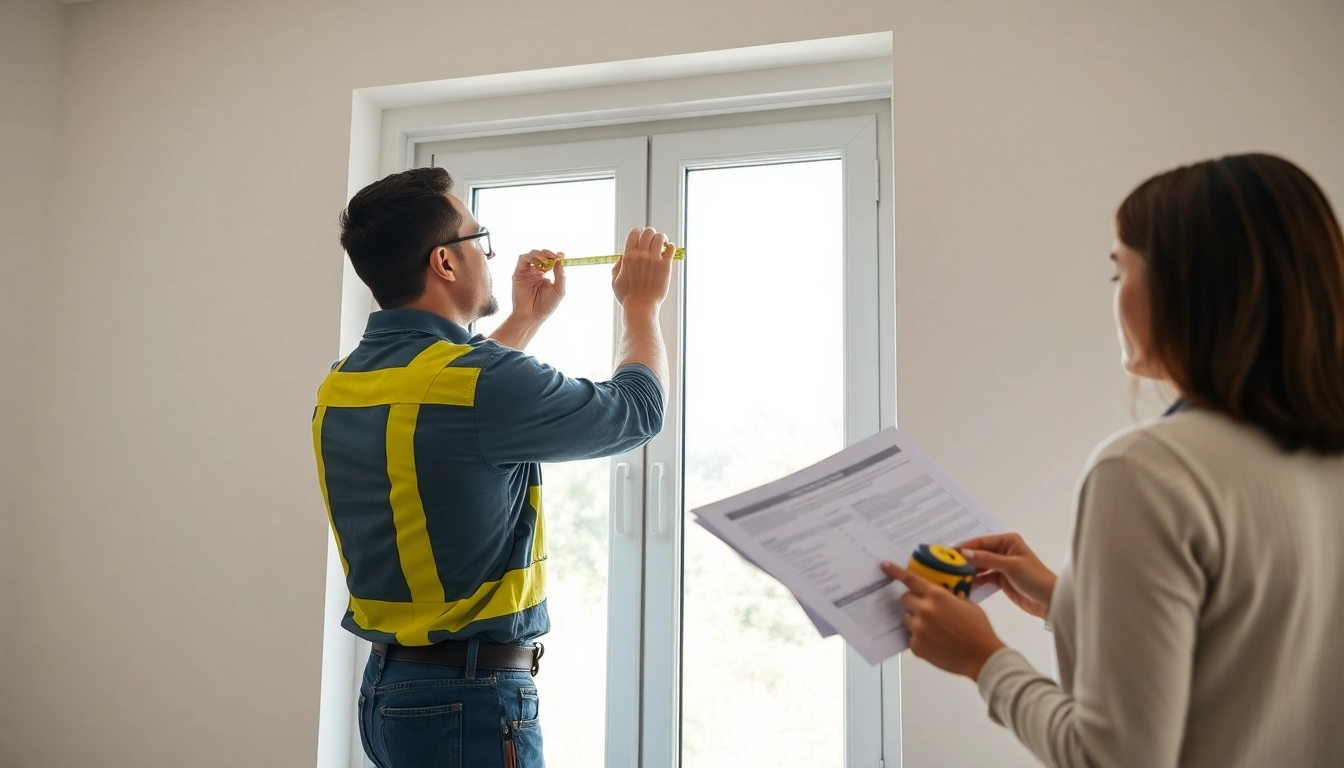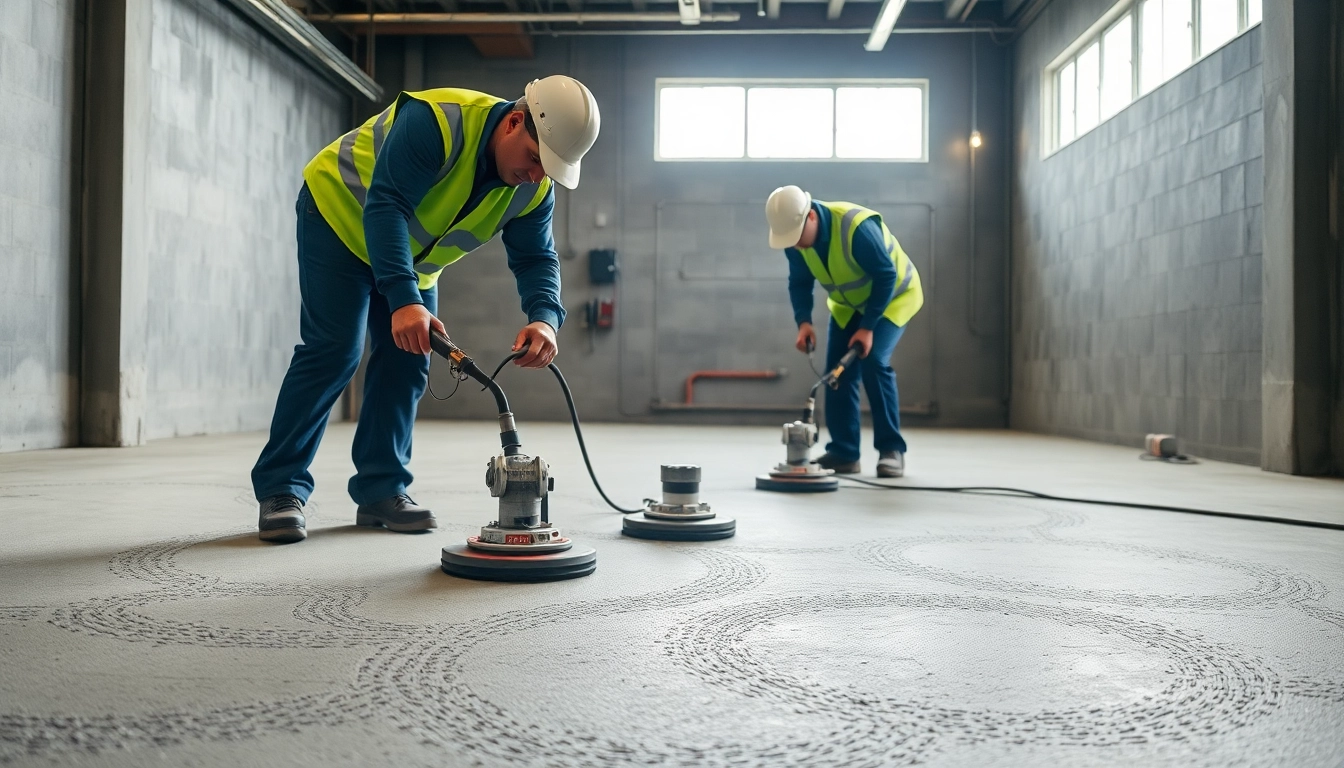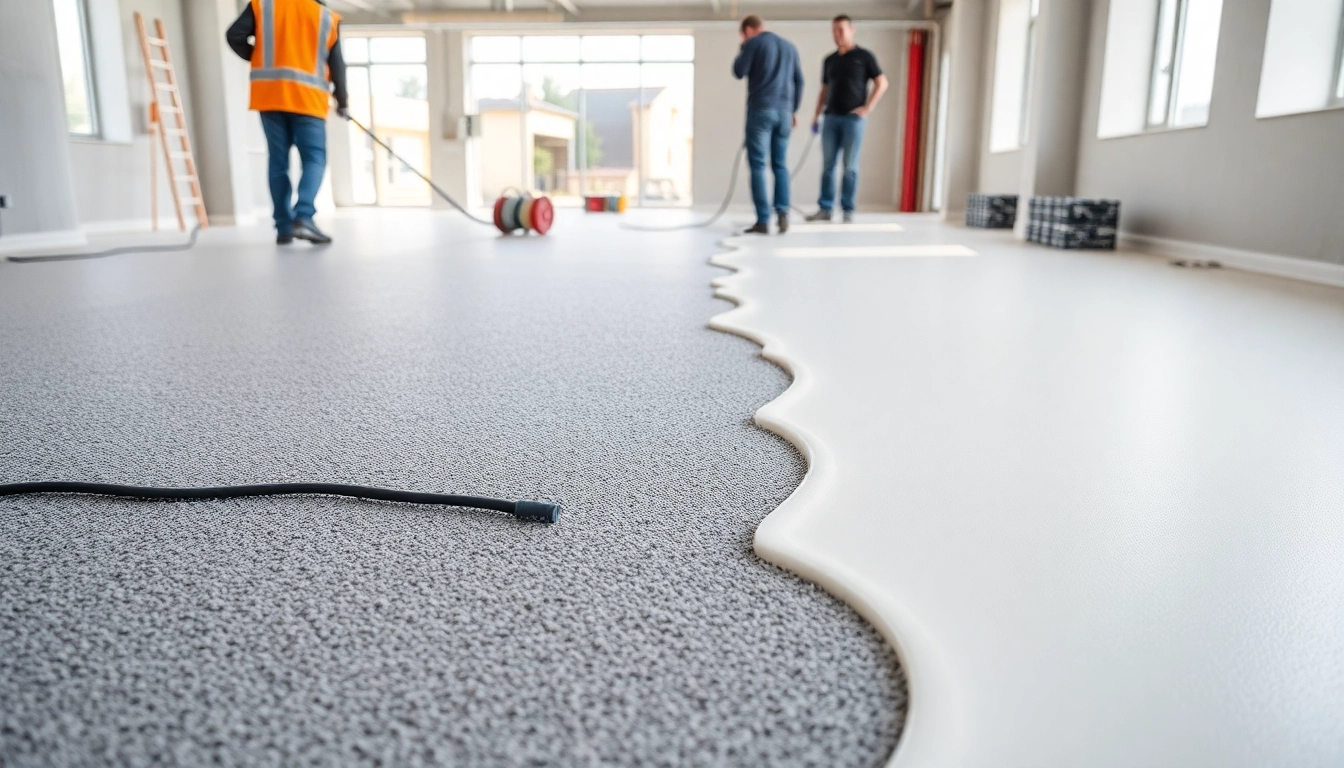Choosing window contractors is a decision that touches comfort, energy bills, and the overall value of your home. The right plan combines a clear needs assessment, smart product choices, and a trustworthy local professional. This guide translates that approach into practical steps, from deciding between repair and replacement to evaluating bids, managing installation, and maximizing long-term performance. For a quick starting point in your search, explore options at window contractors near me.
Understanding Your Window Project: From Needs to Budget
Assess replacement vs repair decisions
Assessing whether to repair or replace hinges on multiple factors: the extent of frame rot or moisture intrusion, the efficiency of current glazing, and the condition of hardware and seals. If a window is structurally sound but leaky, upgrading to a high-performance sash or adding weatherization can be cost-effective. When frames are severely decayed or the sill is compromised, replacement with a modern, energy-efficient design is usually the longer-term value. Climate and occupancy patterns matter too—areas with extreme temperatures or high noise levels benefit from better glazing, gas fills, and sound-dampening features. A thoughtful assessment also considers maintenance costs and warranty protections, ensuring you don’t trade frequent repairs for a larger, preventable failure later on.
Budgeting for materials, labor, and timelines
Develop a transparent budget by itemizing major cost drivers: materials, installation labor, and timing. Materials typically account for a sizable share of the investment, with frame choices (vinyl, wood, fiberglass, or aluminum) and glazing options (double- or triple-pane, low-E coatings, gas fills) shaping price. Labor varies with opening complexity, number of stories, and whether openings are custom or standard. Permits, interior finishing, and weatherproofing add to timelines and costs. A practical budgeting approach uses a three-phase plan: design and measurement, manufacturing and delivery, and installation with a defined completion window. Allow for a contingency of 5–10% to accommodate unexpected site conditions or changes in scope, especially in older homes where framing or trim may need additional attention.
Set performance goals (U-factor, SHGC, noise reduction)
Set clear performance goals aligned with your climate and comfort priorities. Target U-factors around 0.3 or lower for well-insulated homes in colder climates, while milder regions may accept slightly higher values if cost and aesthetics drive the choice. Solar Heat Gain Coefficient (SHGC) should correspond to sun exposure: lower SHGC for west-facing windows to minimize afternoon heat, higher SHGC for south-facing panes in cooler climates to maximize solar warmth. For noise reduction, specify a desirable sound transmission class (STC) improvement; double- or triple-pane configurations with laminated glass can dramatically reduce exterior noise. By specifying numerical targets up front, you enable apples-to-apples comparisons across bids and reduce the risk of feature creep during installation.
Finding the Right Window Contractors Near Me
What to look for: licenses, warranties, and certifications
Validate that your chosen contractor holds up-to-date licenses as required by your state or municipality. Confirm general liability and workers’ compensation insurance to protect you from liability in case of accidents. Warranties should cover both products and workmanship, with clear language about duration and what is excluded. Certifications, such as ENERGY STAR for validated energy performance and installer-certification programs from manufacturers (for example, brand-certified contractor networks), signal a commitment to proper installation and long-term performance. In addition, consider brands with recognized contractor networks that emphasize consistent standards and post-installation support. These elements reduce risk and help ensure your investment pays off over time.
How to compare quotes from window contractors near me
When evaluating bids, request three itemized proposals that spell out scope, materials, labor, and timelines. Ensure each bid covers: measurement procedures, any required site prep, removal and disposal of old units, weatherproofing steps, sealant and flashing details, interior trim work, and final cleanup. Compare warranty terms side by side, including what is covered, the duration, and the process for claims. Look beyond price: evaluate the supplier’s communication responsiveness, estimated lead times, and post-install service options. A consistent format across bids makes it easier to see value, not just price, and reduces surprises after work begins.
Questions to ask for reliable local pros
Prepare a short list of questions to gauge capability and fit: Can you provide references and photos of similar projects? What is your expected timeline from contract to completion? How do you handle unexpected site conditions? What glazing options do you offer, and how will they impact energy performance? How do you verify proper installation and air tightness? What maintenance or warranty registration steps are required after installation? Clear, direct answers and references will help you select a partner with a track record of quality and transparency.
Process and Best Practices for Window Installation
Pre-installation measurements and site prep
Precise measurements are the foundation of a leak-free, well-fitting installation. Take measurements at three points per opening (top, middle, bottom) and account for variations in sill height and wall thickness. Verify rough openings are square and plumb, check for bow or twist in framing, and plan for proper shims and flashing. Site prep includes protecting flooring and furnishings, removing obstacles, and staging materials to minimize moisture exposure during installation. For retrofit projects, ensure compatibility with existing trim and interior finishes to avoid costly field modifications.
Safety, permits, and protection of existing architecture
Installations should follow best safety practices: use appropriate fall protection on multi-story jobs, keep pathways clear, and wear PPE. Secure necessary permits before work commences and schedule inspections if required by your locality. Protect surrounding architecture with drop cloths, sealants, and weather barriers to prevent damage to siding or interior finishes. A disciplined approach to site protection not only preserves your home’s aesthetics but also reduces post-install claims or touch-up work.
Post-install checks and warranty activation
After installation, perform a thorough check: confirm smooth operation of sashes, proper sealing around the frame, and correct drainage through weep holes. Validate that flashing, insulation, and interior trim align with the manufacturer’s specifications. Register warranties if required and provide homeowners with product manuals, care guidelines, and emergency contact information. A systematic post-install review helps ensure long-term performance and keeps you connected with your contractor for future service needs.
Maximizing Energy Efficiency and Home Value
Choosing energy-efficient window styles and glass
Energy efficiency hinges on a holistic choice of framing material, glazing configuration, and coatings. Vinyl, fiberglass, wood-clad, and aluminum frames each offer distinct thermal properties and maintenance profiles. Double- or triple-pane glazing with low-E coatings and inert gas fills (such as argon or krypton) reduces heat transfer. The frame’s thermal break and properly sealed edges further minimize heat flow. In addition, select glass with appropriate solar control for your orientation; laminated glass may improve security and noise reduction, while reflective coatings can reduce heat gain on sunny facades without sacrificing daylight.
Estimating energy savings and ROI for window installation near me
Estimate benefits by comparing current energy costs with projected usage after installation. Gather utility bills for at least a year, note climate, and consider the heating and cooling load shifts caused by new windows. A typical installation can reduce energy use for heating and cooling by a meaningful margin, with higher savings in homes with older, single-glazed panes. Calculate ROI as (annual energy savings) divided by (total project cost), expressed as a percentage, and assess payback against your planned home improvement timeline. Remember that actual savings depend on climate, window quality, and whether other energy retrofits (insulation, sealing, HVAC efficiency) are pursued in parallel.
Incentives, rebates, and financing options for window installation near me
Explore local utility programs, state incentives, and utility-sponsored financing to offset upfront costs. Many regions offer rebates for high-efficiency windows or for completing energy-saving upgrades as part of a larger home retrofit. Some manufacturers and lenders provide low-interest financing or gradual-payment plans tied to energy performance milestones. Before committing, confirm eligibility requirements, application timelines, and whether incentives are stackable with other programs. A well-planned financing strategy can shorten the time to realize energy savings and improve overall project value.
Partner Spotlight: Modern Day Window’s Brand Promise
Our method, materials, and warranty coverage
Modern Day Window approaches projects with a consultative discovery phase, precise measurements, and a curated set of material options to match design goals and climate demands. We source durable frame options (including vinyl, wood-aluminum composites, and fiberglass) and a range of glazing choices designed for energy performance. Our installation is backed by a robust workmanship warranty, complemented by manufacturer warranties on products and glass. This integrated approach ensures both short-term results and long-term confidence in your investment.
Case studies: before-and-after results
Illustrative examples highlight the impact of thoughtful window upgrades. A single-story home in a temperate climate replaced aging double-hung units with energy-efficient vinyl frames and low-E insulated glass, achieving a noticeable reduction in drafts and a measurable drop in heating bills within the first season. In a multi-story residence facing heat gain on the western facade, laminated glass with a low-E coating reduced glare and cooled interior temperatures without sacrificing daylight. These are representative outcomes when proper specifications, installation, and post-install support align from day one.
Next steps: schedule a consultation near me
Ready to start? Our team can guide you through a tailored plan that matches your home, climate, and budget. We’ll help you set performance targets, compare options, and map out a timeline from measurement to warranty activation. Schedule your consultation near you to begin turning your window project into a measurable upgrade in comfort and value.



